Explore Our Garden Wildlife Blog
Browse or search by Category or Keyword below, alternatively click on any Tag to see related articles.
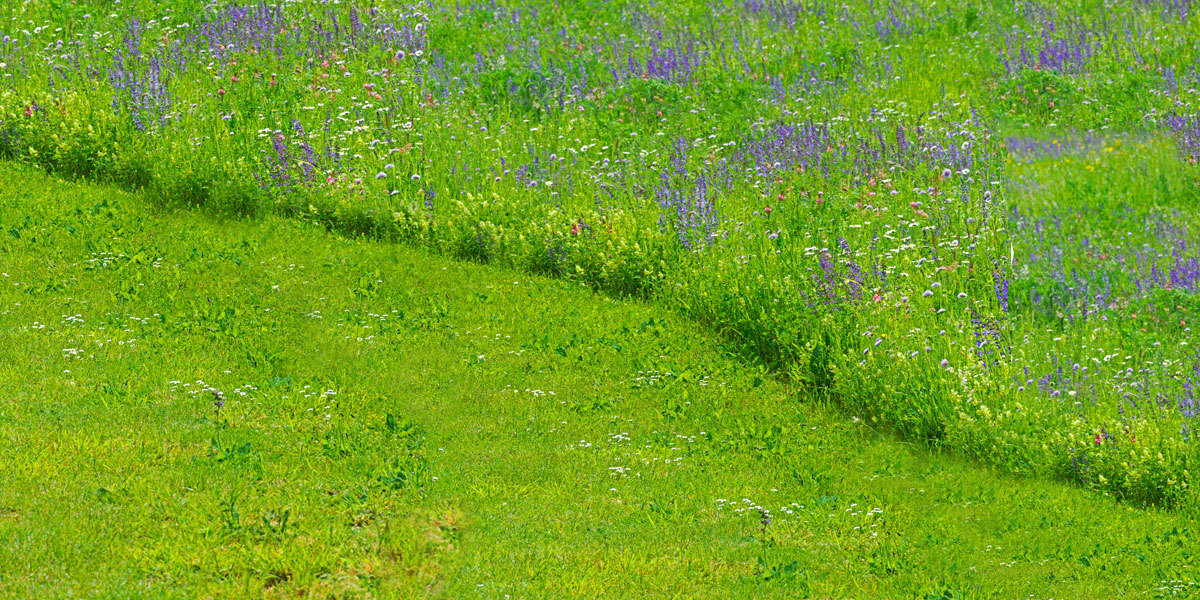

No Mow May: The Wildlife Benefits
By Ark Wildlife
1st May 2023
Last Updated: 10th May 2023
No Mow May is a campaign founded by Plantlife the charity set up to promote wildflowers, plants and fungi in the UK. They encourage all of us to stop mowing our lawns for the entire month of May. The goal of the campaign is to create a more wildlife-friendly environment by liberating the lawn to host wildflowers and other plants to provide a feast for pollinators, tackle pollution and lock away carbon in the ground for good. Join us using the hash tag #NoMowMay.
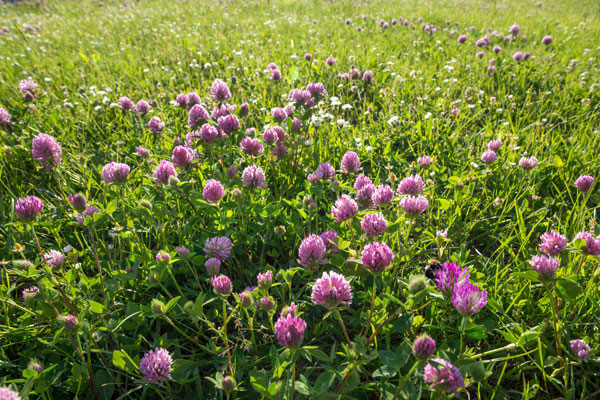

By allowing your grass to grow wildflowers will establish in your lawn and provide essential habitat and food sources for pollinators such as bees, butterflies, and moths. Many of these insects in their adult state rely on nectar and pollen from flowers to survive, and longer grass is an important host food source for many of their caterpillars. By not mowing your lawn, you create new and valuable habitat for these important insects to thrive.
In addition, longer grass and wildflowers can also support a variety of other insects such as beetles, spiders, and grasshoppers. These insects are an important food source for many birds and other animals, and they can also help to pollinate plants and break down organic matter in the soil. By allowing these insects to thrive in your lawn, you are supporting the entire food web and ecosystem of your garden.
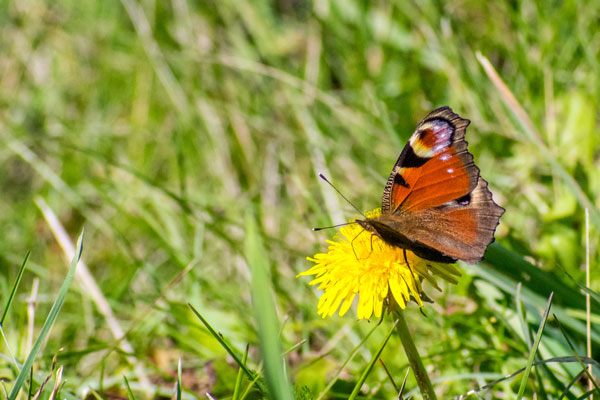

Furthermore, many other types of wildlife can benefit from No Mow May. For example, longer grass hosts a greater density and diversity of living things that in turn are food for higher animals. Birds, mice, hedgehogs, foxes, badgers, and deer will relish a longer lawn. Many of these animals can use the taller grass as cover and protection from predators, and to build nests and burrows as well as providing them with food.
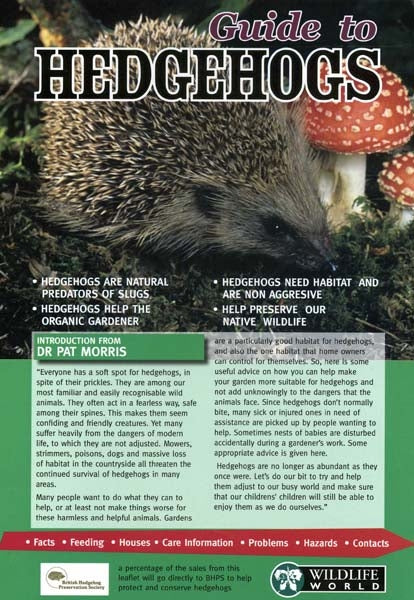

No Mow May is also beneficial for the soil and the overall health of your lawn. Longer grass can help to promote healthy soil by providing a natural mulch that will improve soil fertility. This will act as a barrier to retain moisture in the soil, which can be important during dry spells. As the unmown grasses die, they will be consumed by microorganisms and fungi that will lock the carbon back into the soil, rather than releasing it into the atmosphere, therefore helping with climate change.
Finally, participating in No Mow May can be a fun and educational experience for children and adults alike. By allowing your lawn to grow wild for a month, you can observe and learn about the different types of plants and animals that live in your garden. You can also involve your children in identifying different types of plants and insects and teach them about the importance of biodiversity and conservation.
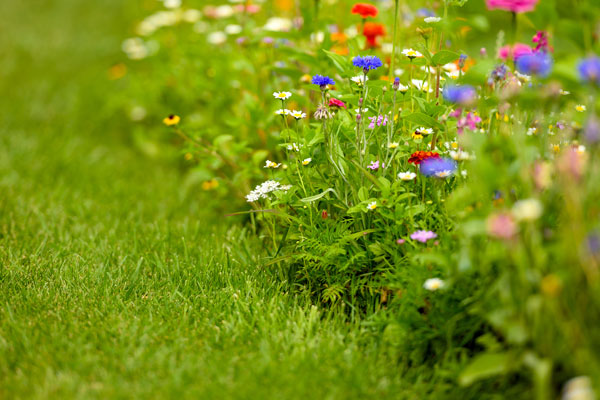

In conclusion, No Mow May can have many benefits for wildlife, the environment, and for us as humans. By allowing wildflowers and other plants to grow and bloom, we can support pollinators, ground dwelling birds, small mammals, and a variety of other insects. We can also promote healthy soil and prevent erosion, as well as provide a fun and educational experience for ourselves and our children. So why not give No Mow May a try this year, and see what benefits you can bring to your garden and the wildlife that lives there?
This weekend, why not leave the lawn mower in the shed and watch the birds visiting your lawn instead. Here are 10 birds commonly seen feeding on garden lawns.
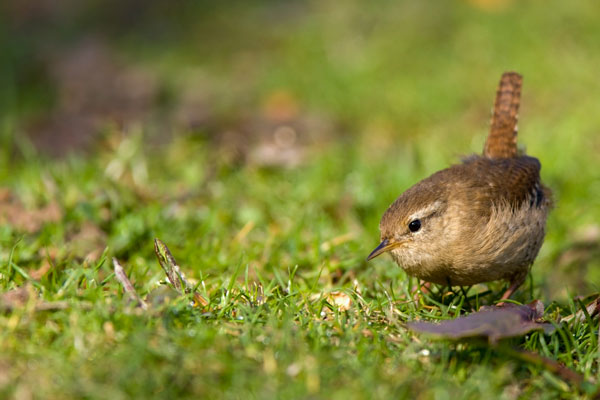

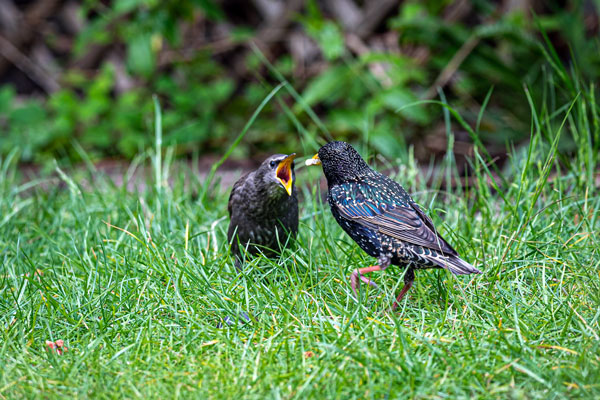

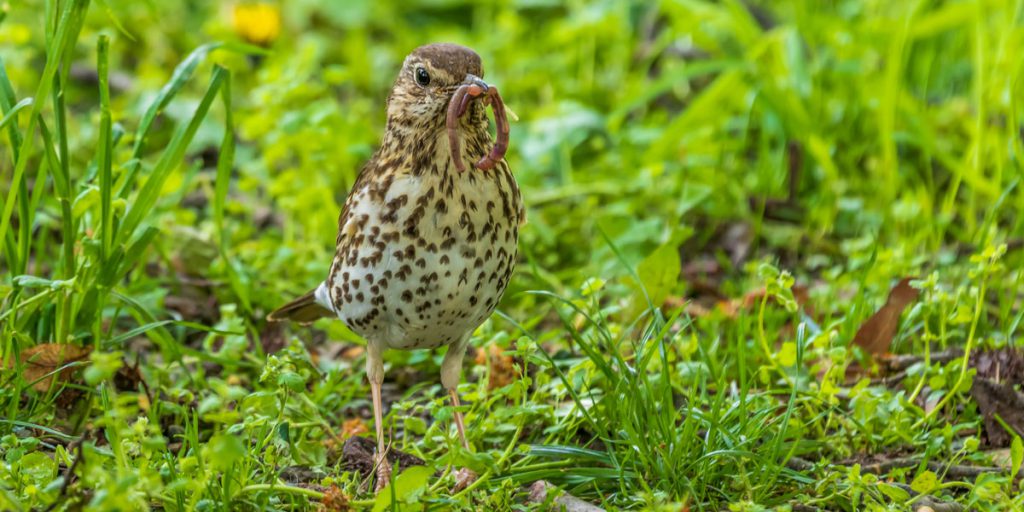

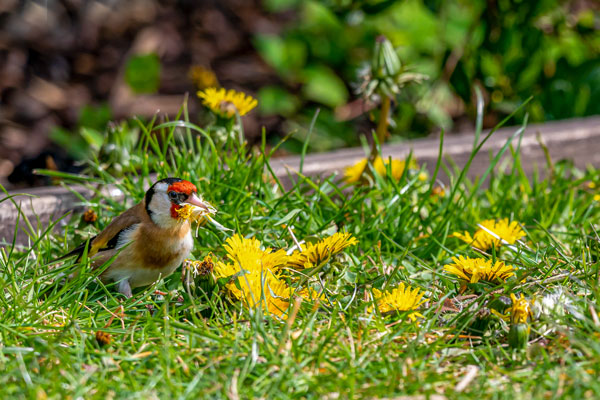

- Blackbird (Turdus merula) – Blackbirds are a common sight in gardens and can often be seen hopping around on the lawn in search of earthworms and other invertebrates.
- Robin (Erithacus rubecula) – Robins are known for their boldness and easily identified by their bright orange chests. They can often be seen hopping around on the lawn looking for insects and worms.
- Dunnock (Prunella modularis) – Dunnocks have a more secretive feeding style than some other garden birds but are often be seen hopping around on the ground looking for insects.
- Song Thrush (Turdus philomelos) – Song thrushes are less common in gardens but also feed on worms and invertebrates, as well as famously being great consumers of snails.
- Wren (Troglodytes troglodytes) – Wrens are another small, energetic bird that can often be seen foraging for insects on the lawn and often identified by their loud trilling song.
- Starling (Sturnus vulgaris) – Starlings often visit garden lawns in spring and summer probing the soil with their long beaks seeking worms and ground dwelling invertebrates.
- Goldfinch (Carduelis carduelis) – Goldfinches will visit lawns in small family flocks to feed on the seed heads of grasses, dandelions and other lawn flowers.
- House Sparrow (Passer domesticus) – House sparrows are a common garden bird that often forage on the ground for seeds and insects.
- Chaffinch (Fringilla coelebs) – Chaffinches are a colourful garden bird that often feed on spilled bird seed but can also be seen foraging for insects and seeds on the lawn.
- Collared Dove (Streptopelia decaocto) – Collared doves are a common garden bird and can often be seen feeding on spilled birdseed or foraging on the lawn for seeds and insects.







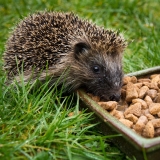
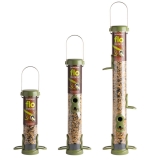

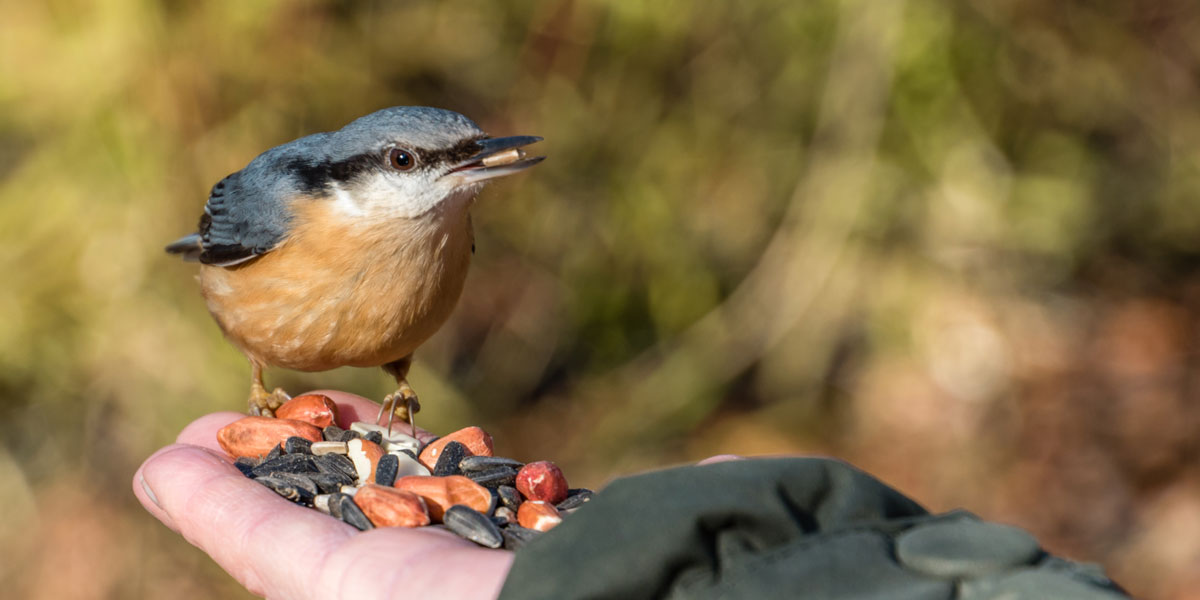


Hi we are joining in. We have mown some paths in the lawn to allow access to other parts of the garden but lots of unmown grass.
Thank you for your very informative article about No Mow May. I am doing my bit by leaving the lawn in my garden to grow wild. I can sit in my garden without feeling guilty by not getting the lawnmower out of the shed! What a great idea.